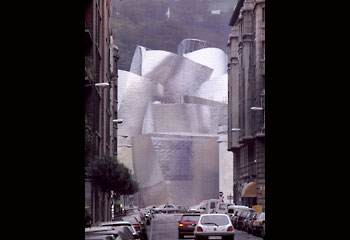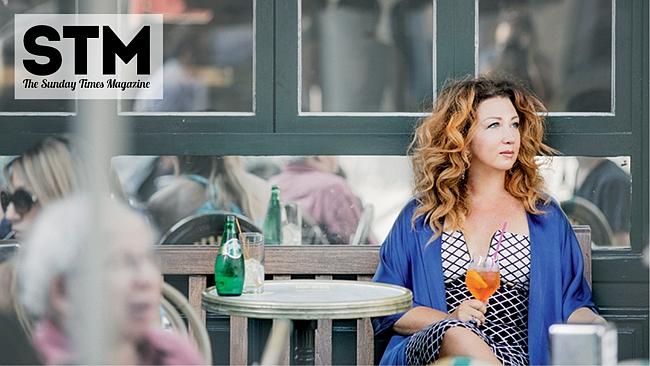Basquing in Bilbao's glow
FOR the locals, football comes first and last but, in between, their historic Spanish city offers tourists so much, writes Mike Smith.

IT'S Sunday morning in the northern Spanish city of Bilbao and, despite grey skies and some early showers, the square in the 14th century old quarter – Casco Viejo – is a hive of activity.
It always is on weekends. Football fans young and old mill around in a corner of the arcaded Plaza Nueva, swapping and buying cards of their favourite sporting heroes.
It's a tradition local guide Ana Rodriguez Muro remembers was a part of her family's Sunday when she was a young child.
There's so much chat and bargaining the commotion almost drains out the chimes of the bells from the nearby 18th century church, Iglesia de San Nicolas.
Like much of Spain, Bilbao – a city of 400,000 with another 600,000 living in the greater outer limits – loves its football.
The sport is a religion in the city, the biggest and busiest in Spain's coastal Basque country, about 400km north of the capital, Madrid.
But there are also some interesting old coins and black-and-white photographs of Bilbao from a bygone era worth collecting in the square's open market.
Despite the serious bargaining and the vigorous gesticulation that goes with each deal, the atmosphere is cheerful.
In another corner, two men study the cages of pet birds also on sale, before wandering across the paved square to the chaotic La Granja, Bilbao's oldest bar, for some mouthwatering tapas and a coffee.
The old quarter sits in a compact corner on the eastern bank of Ria de Bilbao, yet its charm in attracting a crowd goes beyond the boundaries.
And it's easy to get around on foot.
Venture down the narrow cobblestone streets and lanes, and you find countless other spots to rub shoulders with the locals over a meal or a glass of beer.
A five-minute stroll from the bustling Plaza Nueva is the city's Gothic Cathedral de Santiago, with its beautiful Renaissance cloister. Closer to the riverbank is the impressive 19th century Arriaga Theatre.
While it's relatively safe to walk the streets of the old quarter, beware not to step in front of a tram. They are new and run quietly along the rails.
However, without a doubt Bilbao's most famous and eye-catching attraction is the famous Guggenheim Museum, which opened on a 32,500sq m site on the river's left bank in 1997 and has turned the city's fortunes around.
With its daring 20th century avant-garde architecture, it is a five-minute drive from the old city and has both contemporary and traditional exhibits. Its collections include works by some of the foremost artists of the second half of the 20th century, including Andy Warhol.
Since the Guggenheim opened, Bilbao, once a major port and an industrial giant for its ship building, has opened a new airport and reinvented itself as a tourist city.
As we drive along the river towards the coast and the major port for P&O ferry crossings to Portsmouth in England, another work of art grabs the eye. The 60m-tall Puente Colgante was the world's first suspension bridge in the 1880s and the marvel of all – and still is.
The writer was a guest of the Spain Tourism Board, flying KLM Royal Dutch Airlines.
Sunday Mail (SA)



